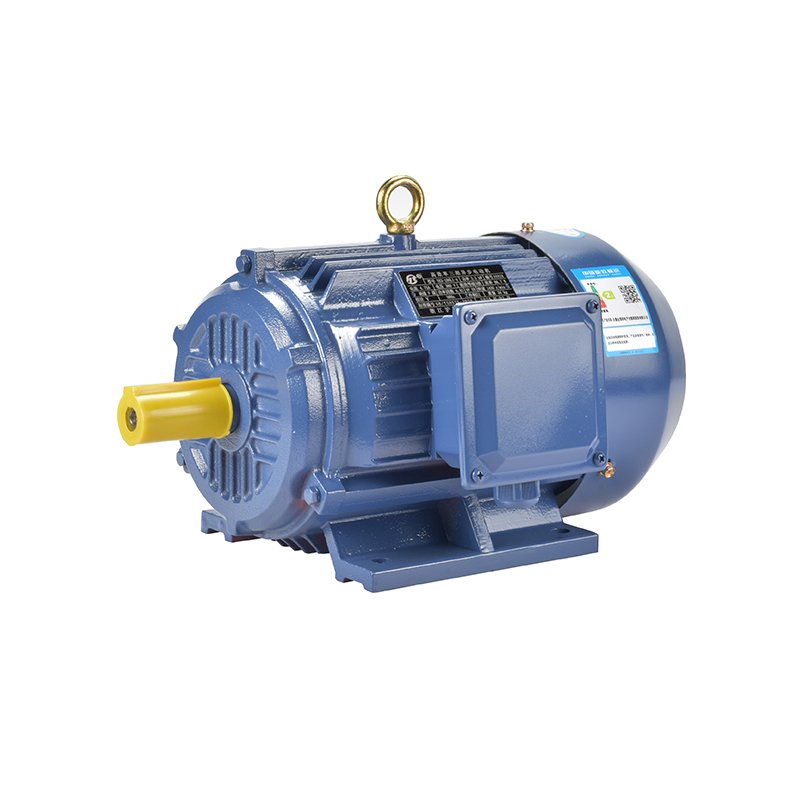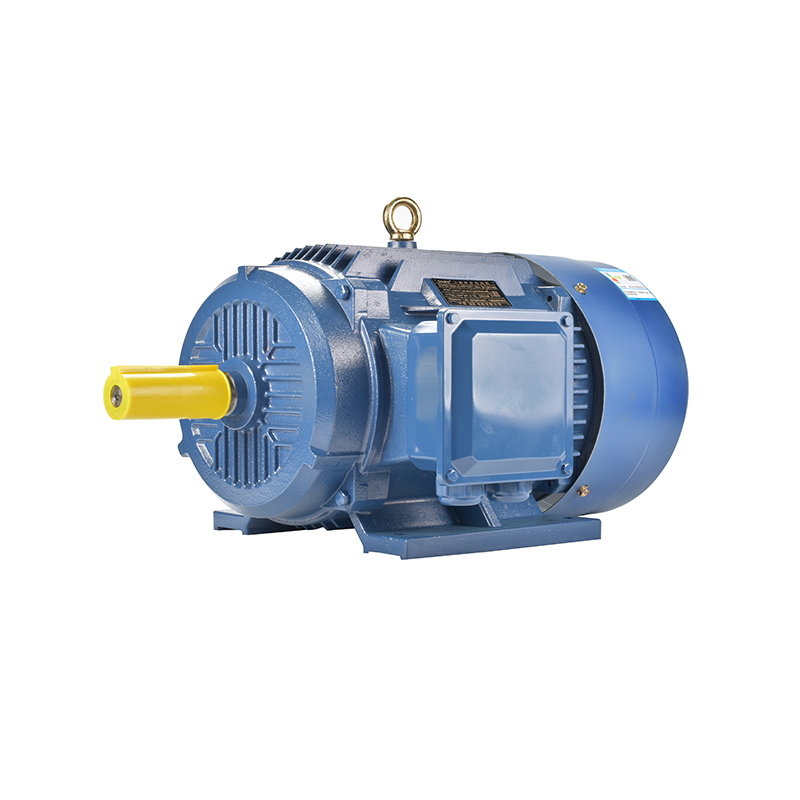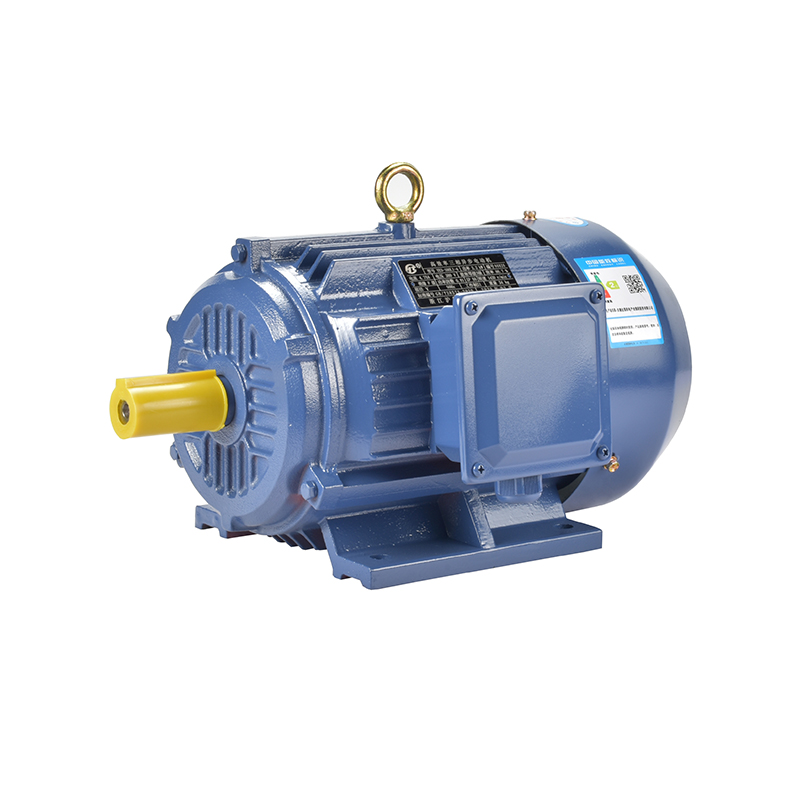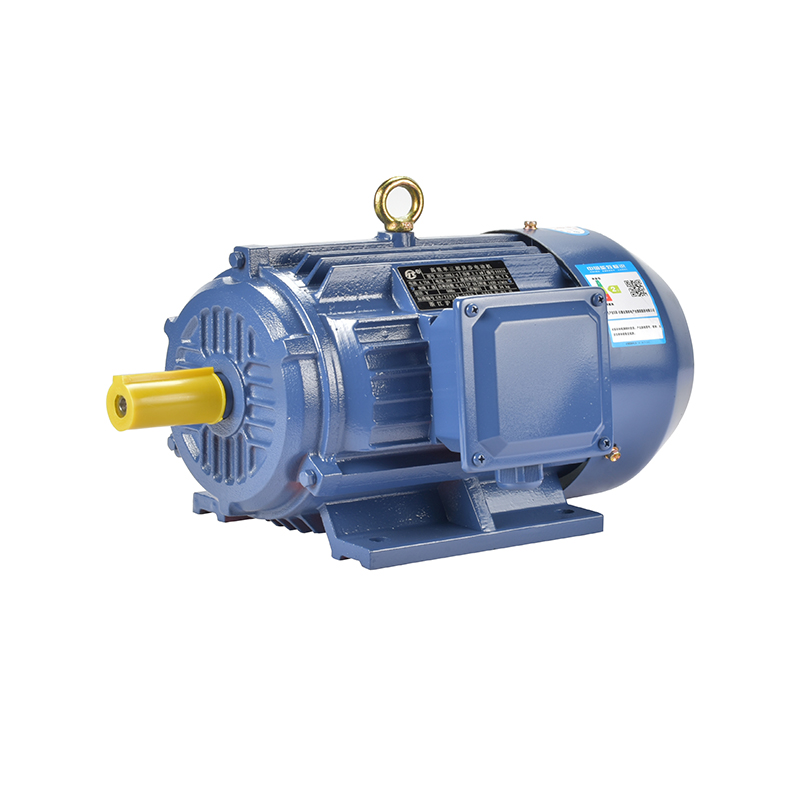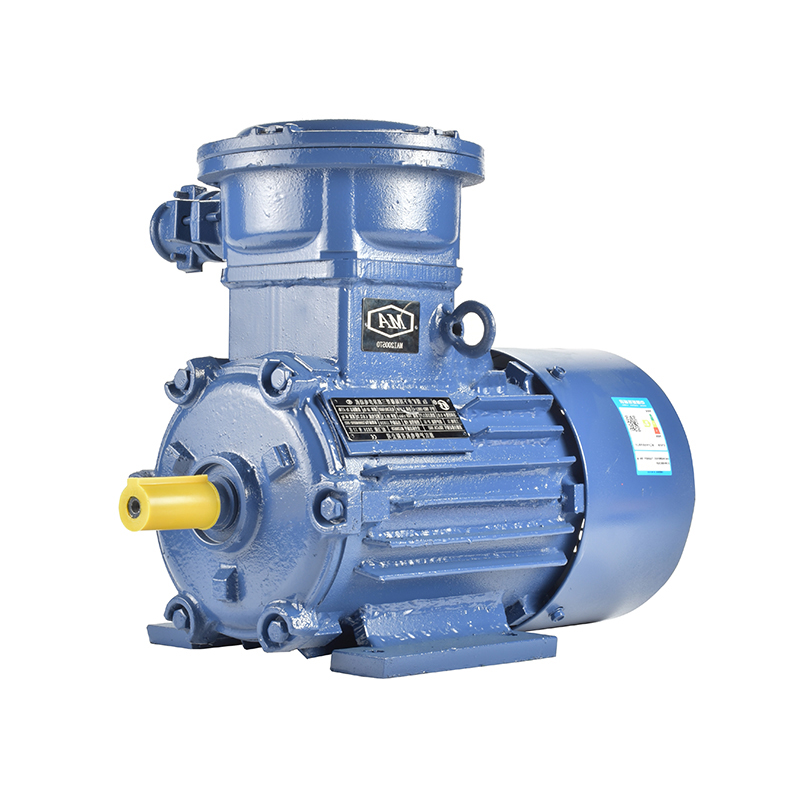Improving Efficiency In Fan Motors Through Design Optimization
Fan motors are a critical component in many applications, ranging from household ventilation to industrial cooling systems. As energy efficiency continues to be a key concern for both manufacturers and users, optimizing the design of fan motors has become an important focus. The goal is to enhance performance while decreasing energy consumption, noise, and wear over time. Various approaches to design optimization can contribute to improvements, whether it’s in material selection, electromagnetic design, or motor control techniques.
One of the fundamental aspects that affect the efficiency of fan motors lies in the electric motor magnetic circuit design. The magnetic circuit includes the stator, rotor, and the air gap between them. Efficient magnetic flux paths reduce energy losses due to hysteresis and eddy currents. By selecting suitable magnetic materials with low core losses and designing the geometry to maintain uniform flux distribution, engineers can enhance motor efficiency. For instance, high-grade electrical steel laminations with carefully designed stacking can significantly decrease magnetic losses and improve overall motor performance.

Besides material improvements, the type of motor technology plays a vital role. Traditional fan motors often use capacitor motor single phase designs, especially in residential and small commercial applications. These motors rely on a capacitor to create a phase shift, enabling starting torque and smooth running. While they have been widely used due to their simplicity and cost-effectiveness, they can experience efficiency limitations, particularly at varying load conditions.
In contrast, the use of more advanced motor types, such as the 3 phase brushless DC motor, is gaining traction in fan applications where efficiency and controllability are priorities. Brushless DC motors use electronic commutation instead of brushes, which reduces mechanical wear and energy loss. Their 3-phase configuration allows for more precise control of torque and speed through electronic drives, making them adaptable to different operating conditions. This adaptability means the motor can maintain high efficiency across a broader range of speeds, a notable advantage over capacitor motor single phase designs.
Optimizing fan blade design also complements motor improvements. Aerodynamic blade shapes reduce air resistance and turbulence, which lowers the mechanical load on the motor. When combined with an efficient electric motor magnetic design, this advances to energy savings and quieter operation. Advances in computational fluid dynamics (CFD) have enabled engineers to simulate airflow and refine blade profiles to achieve better performance with less energy consumption.
Thermal management is another important consideration in improving fan motor efficiency. Heat generated in the motor, primarily due to electrical losses and friction, can degrade components and reduce lifespan if not properly controlled. Enhanced cooling techniques, such as improved ventilation around the motor housing or integrating heat-dissipating materials, help maintain good operating temperatures. Keeping the motor cooler can reduce resistance in the windings, contributing to better efficiency.
The integration of smart motor controllers offers additional opportunities for design optimization. For example, variable frequency drives (VFDs) can adjust the motor speed to match the actual cooling needs, avoiding constant full-speed operation and reducing power consumption. When applied to a 3 phase brushless DC motor, these controls can finely tune performance for different environmental conditions, user preferences, or system demands. This level of control is less accessible in capacitor motor single phase units, which typically operate at fixed speeds.
From a manufacturing standpoint, precision in assembling the electric motor magnetic components ensures consistent air gaps and proper alignment of stator and rotor parts. Variations here can cause increased noise, vibration, and energy loss. Automated production processes and strict quality control are crucial to maintaining tight tolerances, thereby contributing to motor efficiency and reliability.
It is also worth noting that material sustainability is becoming part of design considerations. Using recyclable or less environmentally impactful magnetic materials supports broader environmental goals while maintaining motor performance. Research into new alloys and composites aims to balance efficiency improvements with sustainability.
In summary, improving efficiency in fan motors is a multi-faceted challenge that involves optimizing the electric motor magnetic design, selecting suitable motor types, and enhancing related components like blades and controllers. While capacitor motor single phase designs remain common in many applications, advances in 3 phase brushless DC motor technology provide notable efficiency and control benefits. When combined with careful material selection, aerodynamic blade design, and modern thermal and electronic control strategies, these approaches contribute to fan motors that perform effectively and use energy more responsibly. This ongoing focus on design optimization supports both economic and environmental objectives across diverse fan motor applications.
-
Feedback



 English
English русский
русский Español
Español عربى
عربى

